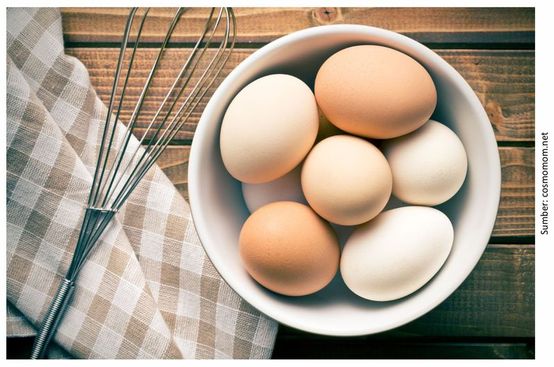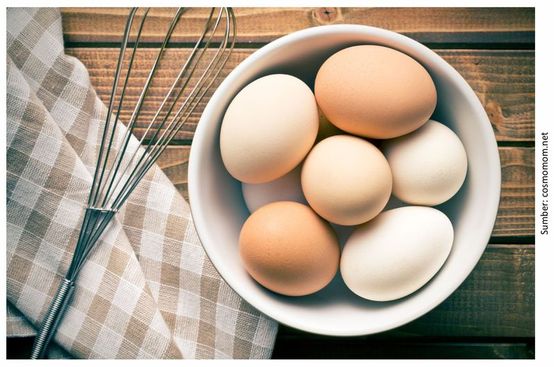
Chicken eggs are packed with nutrients. Each egg contains 6 grams of protein. The choline content in them is also beneficial for increasing normal cell activity in the body, strengthening liver function, and facilitating the nutrient transport system. Eggs are also a commonly consumed animal protein. Not surprisingly, eggs are widely used in various preparations, ranging from cooking, cakes, and even drinks.
Along with its popularity, there are various myths about eggs. This in turn affects people's desire to consume eggs. Here are some wrong assumptions about chicken eggs
1. Every egg is a baby chicken
Unlike humans whose eggs are meant to be fertilised and will produce offspring, in chickens, females will still lay eggs even if they are not fertilised. Laying hen farmers do not need a male for their hens to lay eggs. Most of the eggs on the market are unfertilised eggs.
2. Brown shelled eggs come from brown hens too
This is not wrong, but not entirely true. Eggs with brown shells can also come from white or black chickens.
What affects the colour of the egg is not the chicken's feathers, but the colour of its ears. Chickens with white ears will produce eggs with white shells. However, Indonesian local breeds of laying hens can sometimes also produce white shelled eggs despite having red ears. Whereas chickens with red-coloured ears, such as laying hens from overseas, will produce brown shelled eggs.
3. Egg yolk is not good for your health
Egg yolks are very high in fat and cholesterol. But scientists have finally learnt that eating cholesterol-containing foods does not necessarily raise blood cholesterol and not all fats are bad. On the contrary, egg yolks contain a lot of protein and vitamins that can be one of the heart-healthy diets for many people.
4. Cage-free chickens are ‘happier’ and healthier
Happier and healthier chickens naturally produce better eggs. But the truth is that there has never been a chicken farm that didn't go through a caging process. So the concept of ‘cage free’ chickens is a misconception. Even village chickens have cages, but they are larger and kept away from human settlements.
Whether chickens are healthy or not is determined by the management of maintenance and medication. Even chickens that are kept in cages can grow healthy if they are well cared for and the cage environment is kept clean.
5. White eggs are better than brown eggs
The colour of an egg has absolutely nothing to do with the nutrients it contains. The two things that affect the quality of eggs are the health of the chicken and what the chicken eats daily.
The nutrition of each egg may be the same, but the quality can be seen from the colour of the yolk. If the yolk is pale yellow in colour, it means that the chicken is unhealthy, eating a less nutritious diet or not getting enough sunlight. If the egg is brownish-orange in colour, the chicken is getting the nutrients it needs and enough sunlight.










